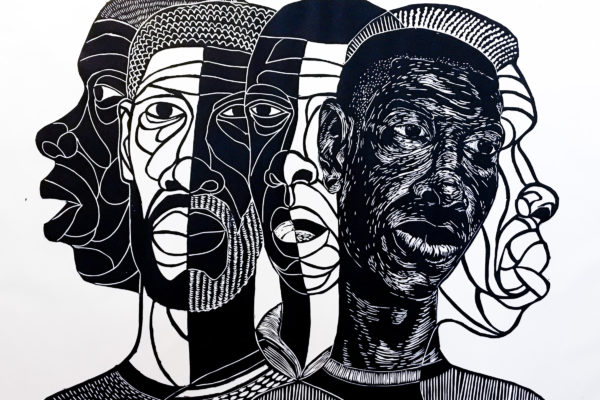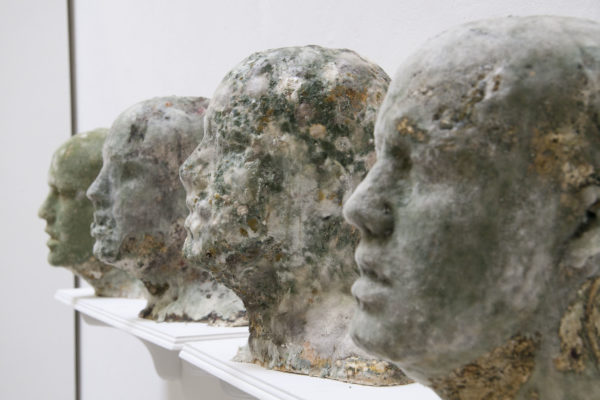For artist Cosmo Whyte, thinking of one word to describe his work is an impossible feat. He says it’s an 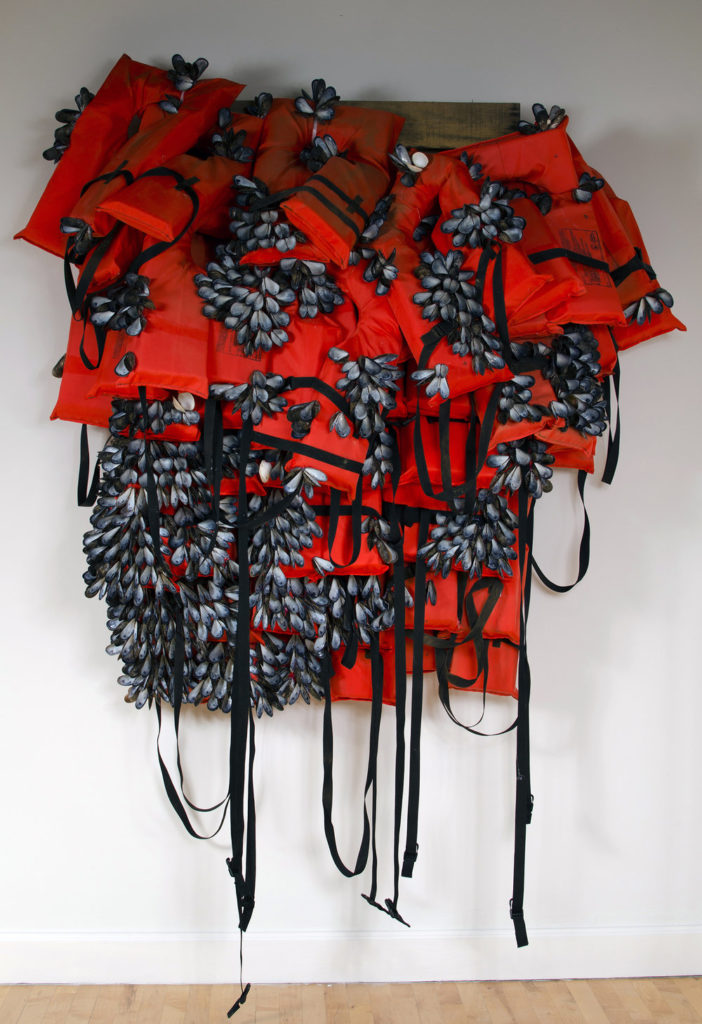 exercise he has resisted on account of it feeling too reductive to describe work that’s interested in compounding and stacking layers of meaning. And, after taking a look at any of his pieces, you’ll understand exactly what he’s talking about.
exercise he has resisted on account of it feeling too reductive to describe work that’s interested in compounding and stacking layers of meaning. And, after taking a look at any of his pieces, you’ll understand exactly what he’s talking about.
Those layers are entirely present within all his art, not only because of the breadth of mediums he uses but also due to the complexity of the concepts that he communicates.
Through drawings, installations, photography, and performance pieces, Whyte demonstrates a strong personal connection with the themes of migration and assimilation, having first moved to the United States from Jamaica in 2001 to earn his B.F.A. in painting at Bennington College in Vermont.
Whyte attributes much of his success to his family and teachers and is now able to offer the same kind of guidance to his students at Morehouse College. Below, he touches on his position as a visual arts lecturer, his creative process, and the projects he has coming up.
CommonCreativ: Tell me about your upbringing.
Cosmo Whyte: I was born in St. Andrew, Jamaica in 1982. The first 7 years of my life were lived in Kingston, the island’s capital city, before my family moved to Montego Bay. My father, who has since passed away, was an architect, and my mother is a radiation therapist. I have one sister, who is an aspiring writer, and my family is very close-knit. I left Jamaica for the U.S. to attend college in 2001. The U.S. never really became a second home until after my father passed away in 2006.
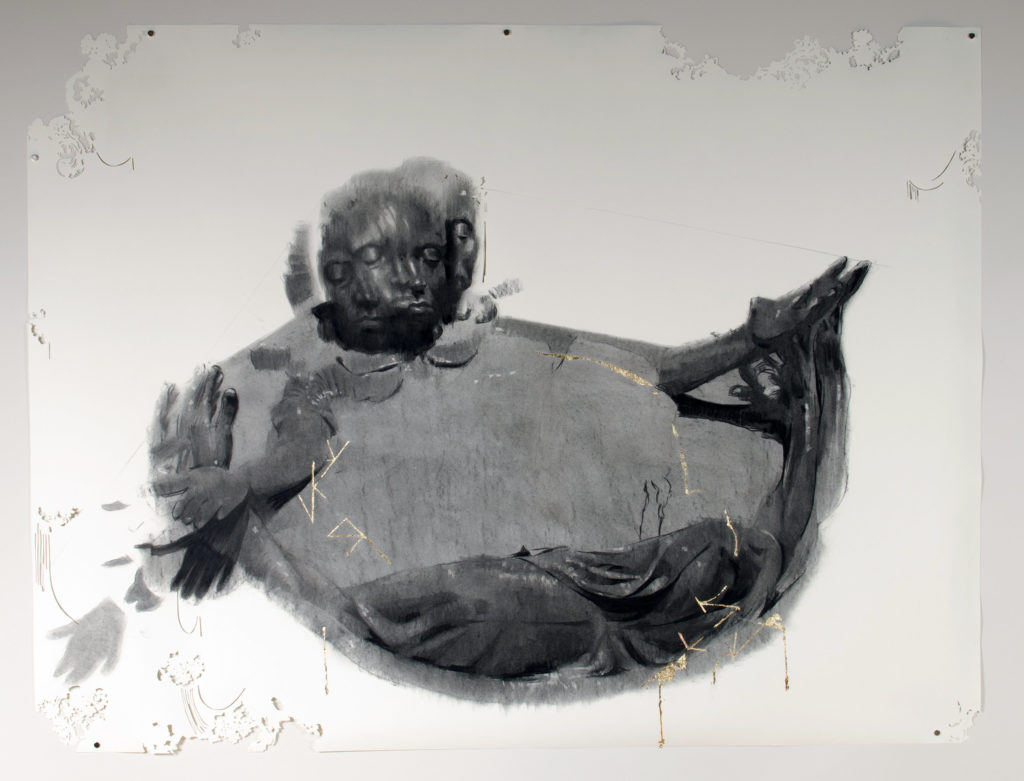
CC: What sparked your interest in art?
CW: I was “that child” who was always drawing on everything — on walls, in books, on scraps of paper. My parents, who were artists in their own rights, were very encouraging of my interest in the arts (not so much the drawing on the walls).
My father wanted to be a painter but was discouraged from it while growing up. He became a very good architect and was my first drawing teacher. My mother is an occasional cake decorator and one of the most encouraging people I know. When I announced that I wanted to be an artist, they took it more seriously than I did initially. I have also been blessed with good teachers at the various stages of my artistic development.
CC: How do you reflect on migration and disruption of identity through your work, and what messages do you aim to communicate?
CW: Migration is more than just a topical subject for me. It is personal, and I always start my inquiry through my personal experience. I am interested in a set of questions: How does the immigrant articulate “place” and in some cases “placelessness?” How best can I use personal experiences of migration to question colonialist constructions of masculinity, race, and belonging? The migrant’s identity is one of fluidity and flux. That fluidity and flux are often framed as existential crises to the rigidity of national identity and its boundaries.
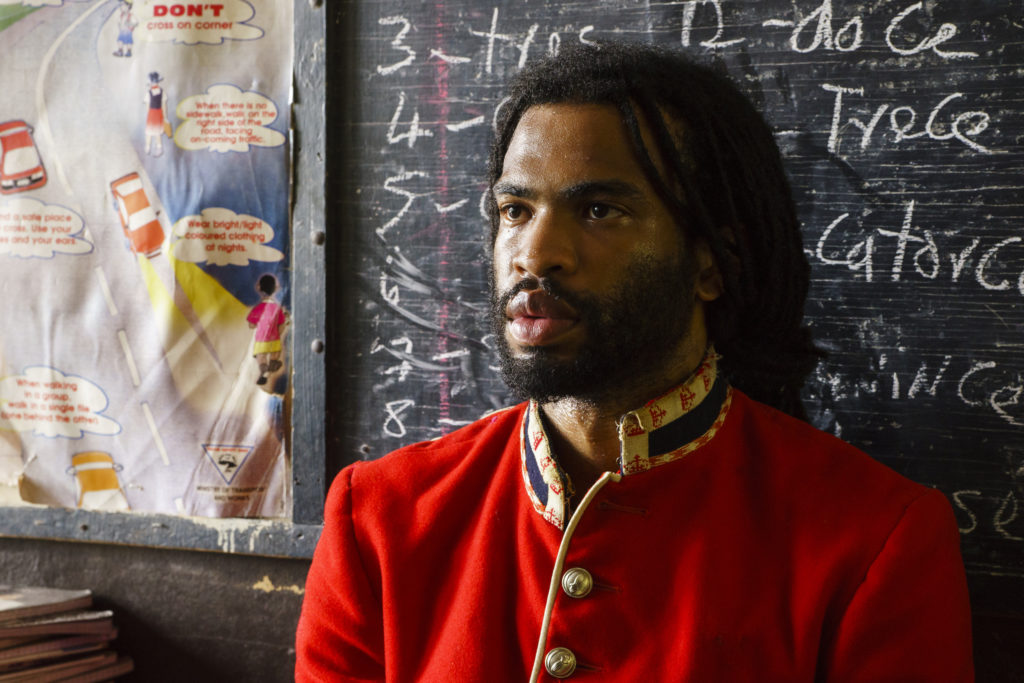
Artist Cosmo Whyte
CC: What does your creative process look like?
CW: My work is conceptually driven, so the ideas or questions dedicate the medium. Having said that, all my projects first start with sketches. In some cases, that sketch may just be a phrase written in my sketchbook. As my ideas develop, I start branching out into the various mediums.
CC: You’ve received many accolades for your work — what have been some highlights in your artistic career?
CW: Generally speaking, having my family attend my shows is one of the greatest feelings. My parents sacrificed so much for me, so celebrating with family feels as much an affirmation of their efforts as it does mine.
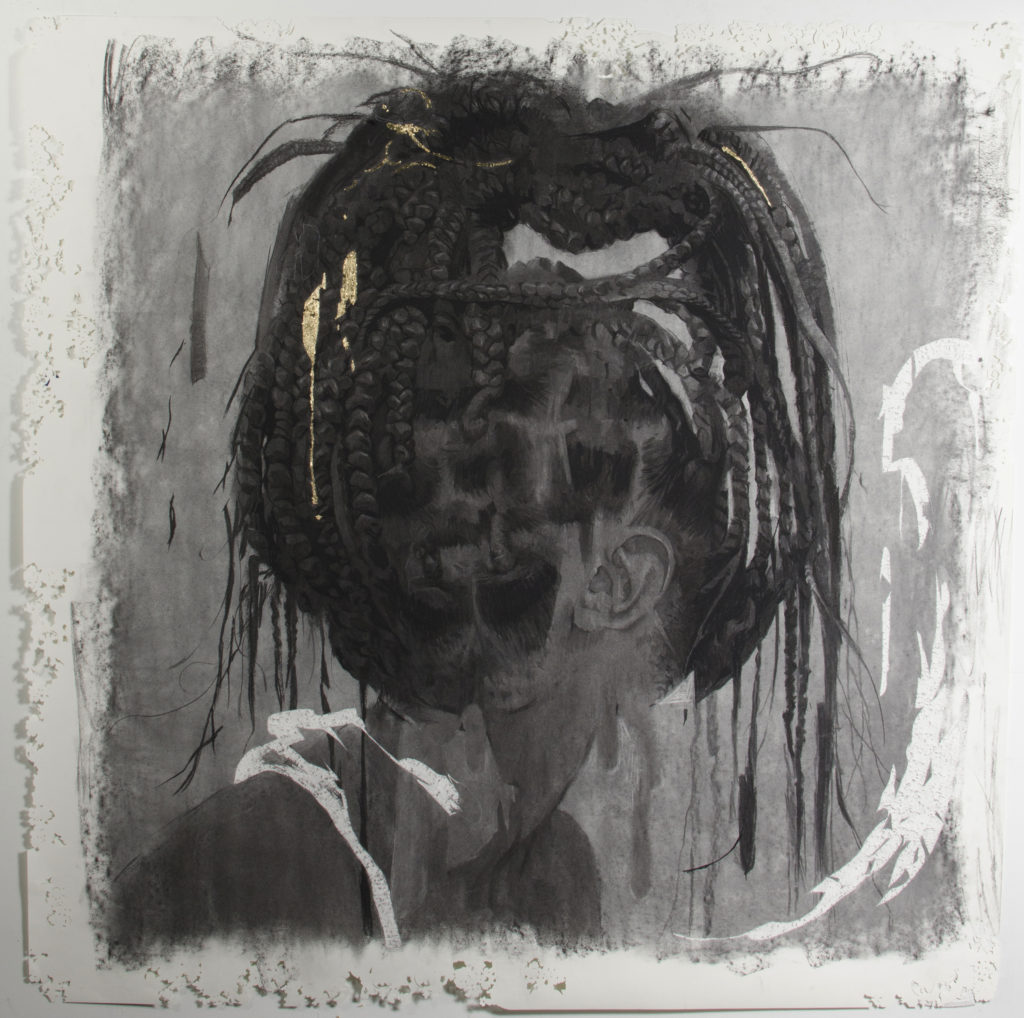 CC: What’s the most rewarding part of your role as a visual arts lecturer at Morehouse?
CC: What’s the most rewarding part of your role as a visual arts lecturer at Morehouse?
CW: I truly enjoy teaching and mentorship. It’s incredibly rewarding being part of the process of assisting young artists in finding their voices.
CC: What brought you to Atlanta, and what keeps you here?
CW: I was living in Baltimore and needed a change of scenery. I enjoy my community here. I believe Atlanta is an affordable city in which to be an artist, and it also has a sustainable groundswell of creative energy.
CC: Do you have any favorite artists and organizations in Atlanta?
CW: Paul Benjamin, Krista Clark, Myra Green, Radcliffe Bailey, Fahamu Pecou, Jiha Moon, Scott Ingram. I’m sure I’m missing a few names. I’m also a big fan of the Spelman Museum and what the curatorial team has accomplished at the Zuckerman Museum of Art.
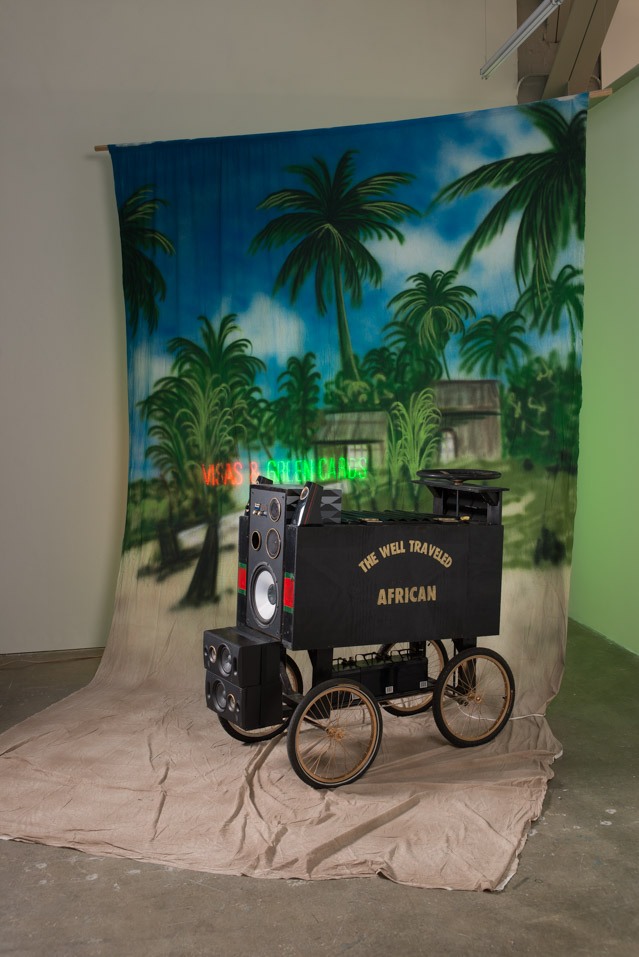 CC: What do you currently have in the works?
CC: What do you currently have in the works?
CW: I’m installing a show at the Drawing Center next week. Next year, I have two museum group shows in Europe that I’m very excited about. In February, my collaborator, Abigail Celis, and I will be presenting a project we have been working on for a number of years in Senegal. Then, in November 2019, I have my Working Artist Project show.
CC: What are your thoughts on the local arts scene?
CW: I think Atlanta’s community is a supportive one. The city is home to many amazing artists who can more than hold their own, nationally and internationally. Since I’ve been here, Atlanta’s art scene has been described as emerging. Honestly, I’m not sure if it will ever codify into an established or emerged scene, but I also feel there are benefits to that. The sense I get is that Atlanta’s art scene has something to prove, and that creates a vibrant ecology.
See more of Cosmo’s work on his portfolio site and Instagram.




